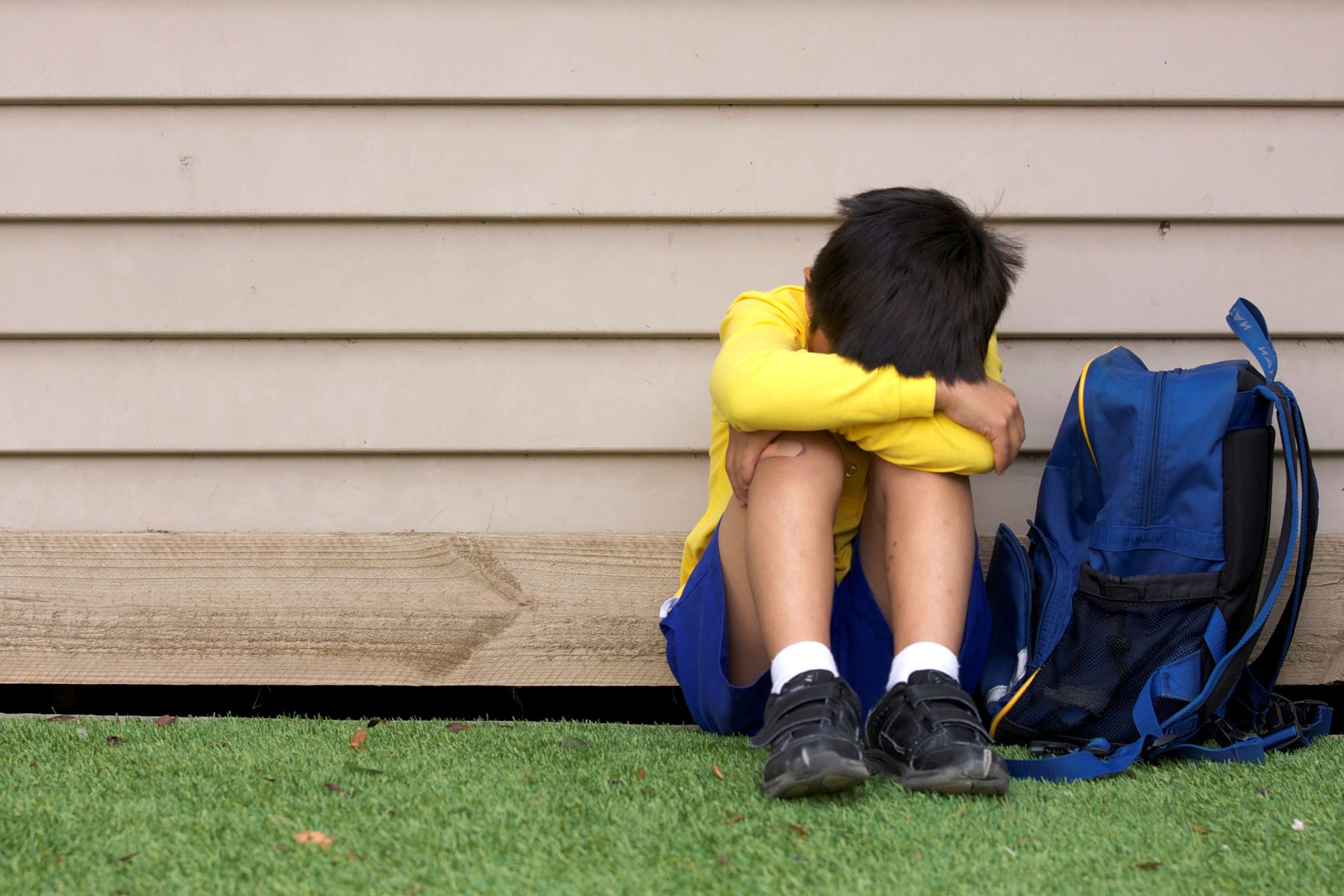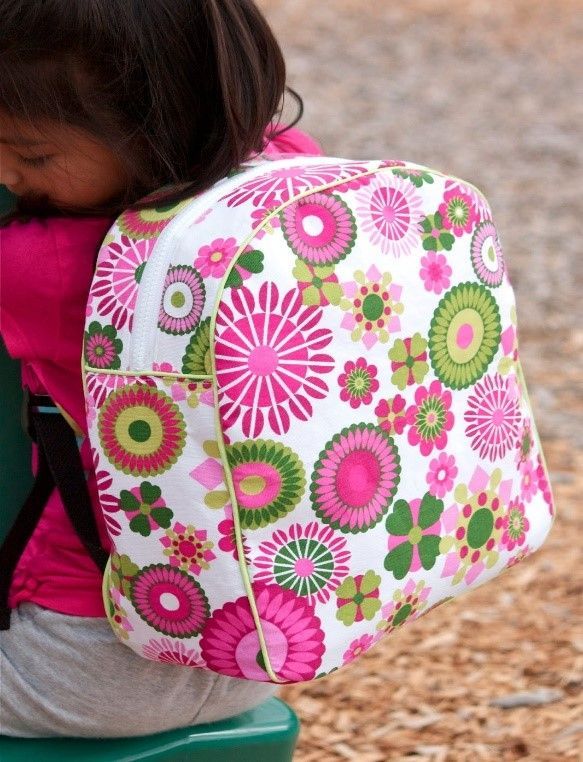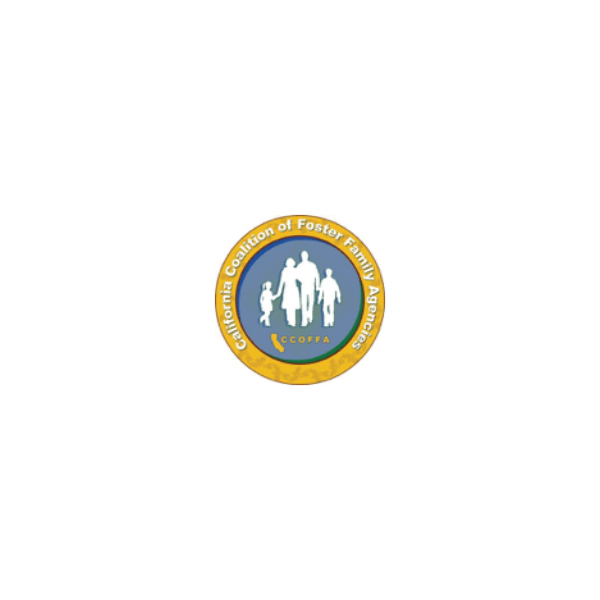Back to School Challenges for Foster Youth

Back to school is an exciting time for most kids. But for children in foster care, returning to school can come with its own set of challenges, anxieties, and fears. Some foster youth in care may feel comfortable enough to share they are in foster care or in a foster home; however, there may be others who are more private about their situation or embarrassed by it.
As a parent, you should be prepared to talk with your children about what foster care is and what that means for some youth. Your kids may hear things in their classroom or on the playground that they do not understand. A child in their class might mention that they do not live with their parents. Similarly, one of your child’s friends might talk about their encounters with police or social workers. It is important for your child to respond with compassion to children in foster care. These children are hurting. They are experiencing trauma. Your child’s response could help make a difference. Equip your children to respond lovingly to their friends and classmates who might be in foster care. Explain that children enter foster care through no fault of their own. Typically, these children have experienced abuse, neglect, or abandonment and are unable to continue living safely with their families. While foster care sometimes leads to adoption, many case plans have a goal of reunification with the biological parents. (Hetro, Natalie. “What ‘Back to School’ means for children in foster care”. Focus on the Family, August 31, 2021, www.focusonthefamily.com).
According to the California Department of Education (CDE) students in foster care represent one of the most vulnerable and academically at-risk student groups enrolled in California schools. The CDE monitors the educational outcomes for foster youth and engages with multiple state agencies and non-profit organizations to ensure these students receive the supports and services they need.
Students in foster care often face complex challenges arising from the instability of their living arrangements. Although children in foster care have a right to remain in their schools of origin, removal from the family home or changes in foster care placement can cause students to move schools or even districts. As a result, children in foster care are often faced with the double burden of adjusting to a new school and a new home situation. Multiple or unanticipated school moves can interrupt students’ learning progression. On top of navigating new transportation arrangements and a new campus, school changes mean adjusting to new curricula and teachers. Students may have missed some topics or material already covered at their new school, encounter significant differences in teaching, which can result in lost academic credits and challenge the receiving school’s ability to serve transferring students. Changing schools midyear, not only significantly disrupts the youth’s academic progress creating setbacks in their learning and subject completion but also can disrupt supportive social relationships they have developed with peers, teachers, and mentors. These losses can reduce the students’ sense of belonging and level of engagement at school.
The experience of trauma is also a key barrier to students’ educational success. Students in foster care are more likely than their peers to have experienced trauma due to family separation and/or the circumstances that led to being placed in foster care. While many children in foster care exhibit resilience, trauma can take a toll. The experience of trauma can inhibit students’ abilities to concentrate, with consequences for their learning. Behavioral issues that may be symptomatic of trauma, such as attention-seeking actions, can be easily misunderstood as intentional wrongdoing, result in exclusionary discipline, and reduce access to learning opportunities. In all, the academic and social-emotional experiences of children in foster care are impacted by myriad circumstances that arise concurrently both in and out of school. (Burns, Dion, Espinoza, Daniel, Adams, Julie, Ondrasek, Naomi. “California’s Students in Foster Care: Challenges and Promising Practices”. Learning Policy Institute, Published September 12, 2022, www.learningpolicyinstitute.org).
As identified by Camelot Care Centers at www.camelotdifference.com, here are some tips for foster parents to help you prepare your foster child for a less challenging and successful school year.
- Prepare for School. Preparing for the upcoming school year is crucial to ensure a smooth transition and provide the best education experience for the child in your care. Early organization of all necessary information and documentation is vital to minimize any delays in the student’s academics. Purchasing new school clothes, shoes, and supplies can excite then for the upcoming school year and make them feel confident in their appearance and preparation.
- Establish a Routine. Start implementing a consistent daily routine in the weeks leading up to the school year. This will help the child adjust to the structure and expectations of school life. Additionally, creating consistent daily routines that include dedicated time for homework, study, and extracurricular activities. Predictable patterns help foster children feel secure and develop good study habits.
- Establish Open Communication. Building a positive and open line of communication with the school and relevant professionals is crucial to navigating the back-to-school season successfully. This will ensure that you are well informed about your foster child’s education and that the school knows their unique circumstances and needs.
- Share Relevant Information. Provide the school with relevant information about your foster child’s background and any specific needs they may have. This could include details about their history, previous school experiences, any special accommodations or services they require, and any significant events or transitions they have recently gone through. Sharing this information will help the school better understand your foster child’s needs and provide appropriate support. Be sure you are sharing this information with relevant school personnel as it should remain confidential.
- Be Proactive. Take the initiative to contact the school and schedule a meeting or phone call with your foster child’s teacher and other key personnel. This proactive approach demonstrates your commitment to their education and establishes a foundation for ongoing communication throughout the school year.
- Attend Parent-Teach Conferences. Back To School Night, & Open House. Make it a priority to attend these events. These meetings and engagements offer valuable opportunities to meet the teachers and other administration, view and discuss the child’s progress, and address any concerns.
- Collaborate with School Services. Work with school counselors, social workers, and special education coordinators. These professionals can provide additional support and resources for your foster child’s specific needs.
- Seek Assistance and Support. Fostering can be stressful, and many foster parents may feel isolated or overwhelmed by their responsibilities. Seek support and guidance during those times through Education Advocacy Groups, Online Communities and Forums for Foster Parents, Professional Associations, Educational Groups, PTA’s, etc. Collaborating with these groups, not only offers support but significant and helpful information, and can aid in any challenges relating to your foster child’s education.




















